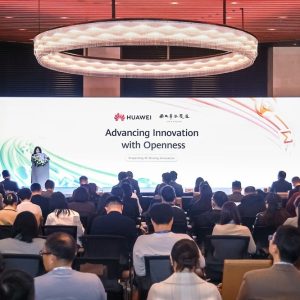
A new IoT survey reveals concerns CIOs have over the uptake and rollout of connected strategies and how they could impact business operations – and ultimately damage revenues.
There could be increased IT complexities for CIOs to deal with as their companies ramp up their deployment of sensors, edge, devices, gateways, as well as the resulting explosion in data, the Dynatrace survey of 800 CIOs revealed.
Nearly 70 percent of CIOs predicted IoT will become a performance burden as their companies become aware of its potential, while nearly 80 percent admitted to a risk that their organisation could roll out IoT strategies without having a plan in place
70 percent revealed concerns over consumer and user expectations growing beyond what an IoT team is able to deliver.
“Businesses across every industry are eagerly exploring IoT’s potential to engage new markets, drive new revenue, and create stronger competitive advantage,” said Dave Anderson at Dynatrace.
“IoT ecosystems and delivery chains are intricate and boundless, which creates unprecedented frequency of change, size, and complexity in the cloud environments on which they are built.
“Enterprises are already struggling to master cloud complexity and now IoT substantially magnifies this challenge.”
“Severe” real-world consequences
64 percent of the CEOs surveyed are worried by increasing numbers of wearables that could make it impossible to manage mobile performance, the IoT survey revealed.
Organisations therefore need to accommodate the software experiences they’re delivering to a range of mobile devices, “most of which are yet to even be envisaged”.
Dynatrace also warned that IoT applications that have control over physical devices could have “real-world consequences”.

Such consequences could even involve putting human life at risk if deployed in cars, factory machines, or healthcare devices.
“In the increasingly connected world of IoT, business operations and revenue streams will come grinding to a half if software doesn’t always work perfectly,” the report says.
“When something goes wrong, businesses will need answers, and fast.”
Where to place the blame
Elsewhere in the report, it was revealed 73 percent of CIOs worry that the number of third parties involved in IoT deployments will make it difficult to identify who is responsible for performance problems.
52 percent say understanding the impact that IoT platform providers and network operators have on performance is a key challenge to maintaining user experience in IoT.
Scarier still, three quarters of the CIOs are concerned that IoT network problems could be hidden from them by an IoT service provider.
AI to the Rescue
Going forward, organisations need a software intelligence platform that uses AI and automation for operational insights.
This backs up the stat that 84 percent of the CIOs said AI will play a crucial role in IoT strategies going forward.

“If IoT is to deliver on its promise, organisations can’t afford to be overwhelmed by the complexity issues it presents – which is exactly what happens if an enterprise is using a traditional monitoring approach,” said Dave Anderson at Dynatrace.
“Platform-specific tools and do it yourself solutions aren’t built for web-scale, highly dynamic, complex cloud environments – they leave you cobbling together a mix of solutions which will never add up to a sophisticated platform that gives you a complete view of your environment and automated way of making sense of everything.”






